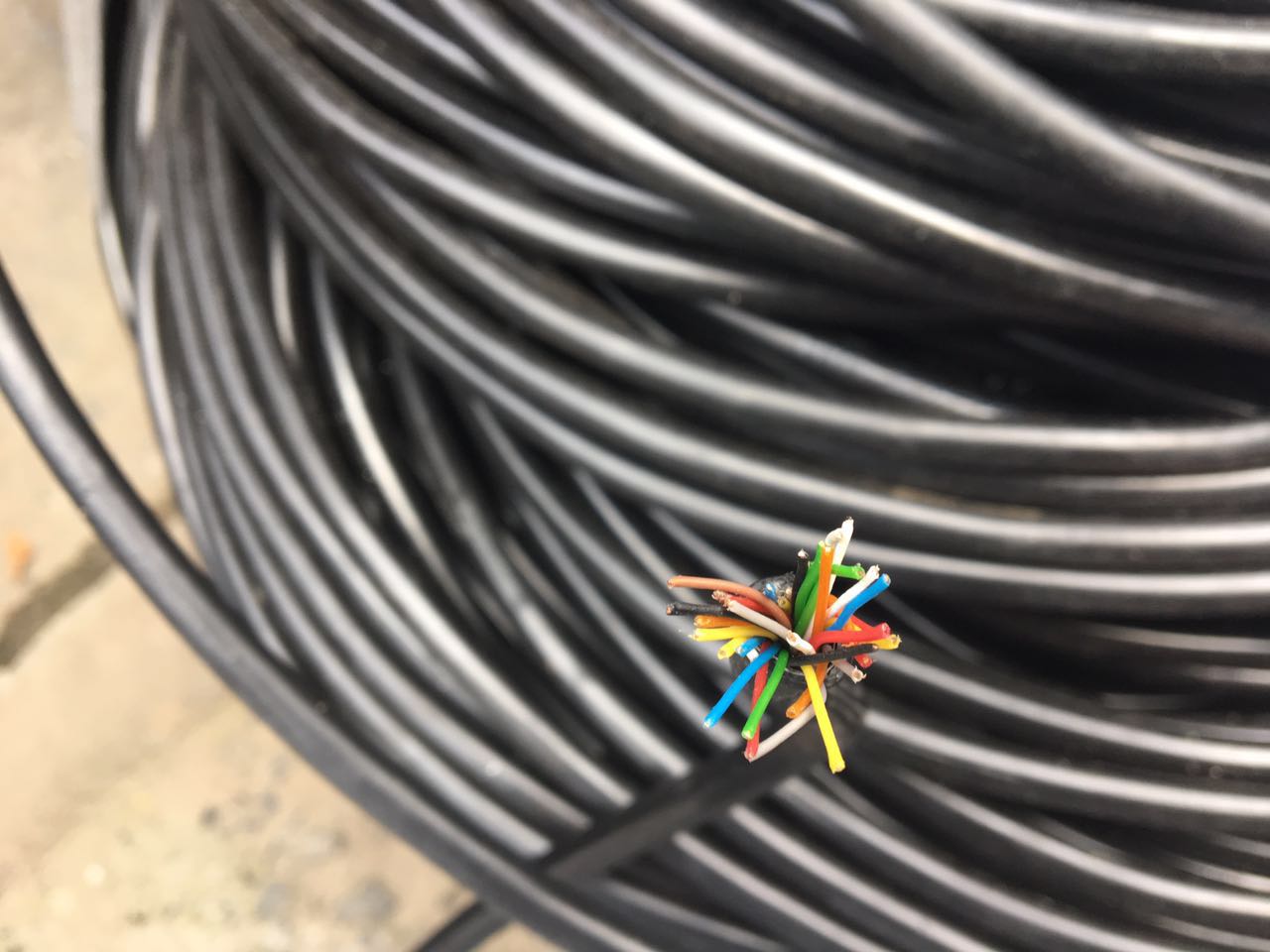1 Directly buried in the ground, this is the most common and economical method of laying.
2 Laying in the cable trench for laying multiple cables.
Although the cable ditch was larger than the direct burial at the time, it was convenient for temperature monitoring and ventilation and cooling measures to improve its heat dissipation conditions.
In addition, the cable trench also has the advantages of facilitating cable maintenance, new installation, replacement, and facilitating prevention of external force damage and fault detection and repair.
3 Installed in the cable tunnel, when laying cables in areas where there are many outlet cables in power plants or substations or where there are many parallel installations (such as 20~40 or more), cable tunnels should be considered.
Although the construction of cable tunnels has large investment, long construction period, and expensive construction materials, and brings many problems such as ventilation, fire prevention, and water leakage prevention, it has the following advantages:
1) The road section (corridor) occupied by the cable line is greatly reduced.
2) Reduce external force damage and mechanical damage to the cable.
3) Eliminate the chemical corrosion of the protective layer caused by harmful substances in the soil.
4) It is quick and convenient to repair or replace the cable.
5) New cables can be added at any time without having to dig the road.
4 Laying in the cable duct, when more cables pass through the urban street, the direct buried cable pressure is large, and it is not suitable to construct the cable trench and the tunnel.
The cable duct can be constructed, and the cost is lower than the tunnel, but there are many advantages of the tunnel that do not have to be considered for fire protection.

5 Laying on the cable tray is a new form of cable installation in the plant area.
There are many pipelines in the plant area (especially in power plants or chemical plants). It is very difficult to build cable trenches, often because of the running of steam pipes.
Water is run to damage the cable, so cable brackets are installed overhead in the factory area instead of cable trenches.
6 Overhead installation. Due to the development of plastic cables in recent years, the weight of the cables is reduced, and the way of hanging the cables on the suspension wires (or fixed on the tower) is gradually applied.
Compared with cables buried underground, overhead cables are susceptible to external influences and are not aesthetically pleasing, but construction costs are low.
1 Before laying the cable should check the certificate of conformity of the cable, its model, voltage, specification, and length should meet the requirements, different cables should not be used as a substitute.
Also check the appearance of the cable should not be smashed, flattened, or other mechanical damage and sheath surface cracking or other aging phenomenon.
2 from the cable tray to take the cable should use the "cable tray rotating release" way, not place the cable tray tilted, the cable down one circle.
After splitting the cable, the two ends should be sealed in time.
3 The minimum distortion radius of cable laying regulations.
Mobile class flame retardant flexible cable for coal mine: 6 times the diameter of the cable.
Fixed laying flame retardant power cable for coal mine: 15 times the diameter of the cable for armored cable, 12 times for unarmored.
4 newly installed cables, replacement joint cables, and ground repair cables should be tested for voltage resistance.
Cable in operation should be carried out once a year to prevent the voltage test, cable power core should be subjected to frequency AC voltage test without breakdown.
Cable operation should be effective protection in accordance with the regulations to prevent mechanical damage to the cable.
5 The cable should have a regular inspection and maintenance system, and the practical implementation, which mobile equipment with the cable has a person to look after, etc.
6 The connection of cables should be carried out strictly in accordance with the regulations, and the repair of cables should be carried out strictly in accordance with the relevant coal industry standards.